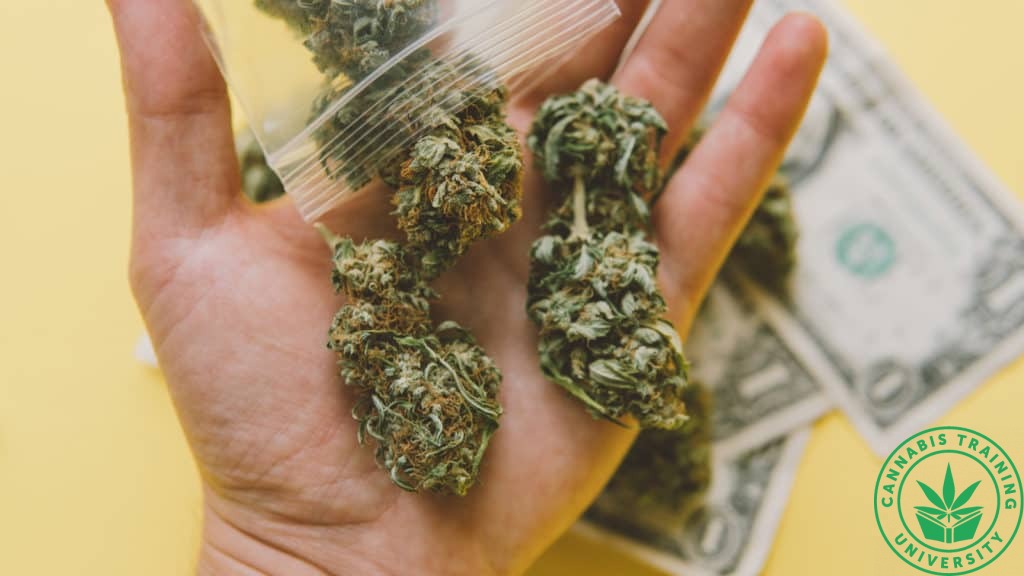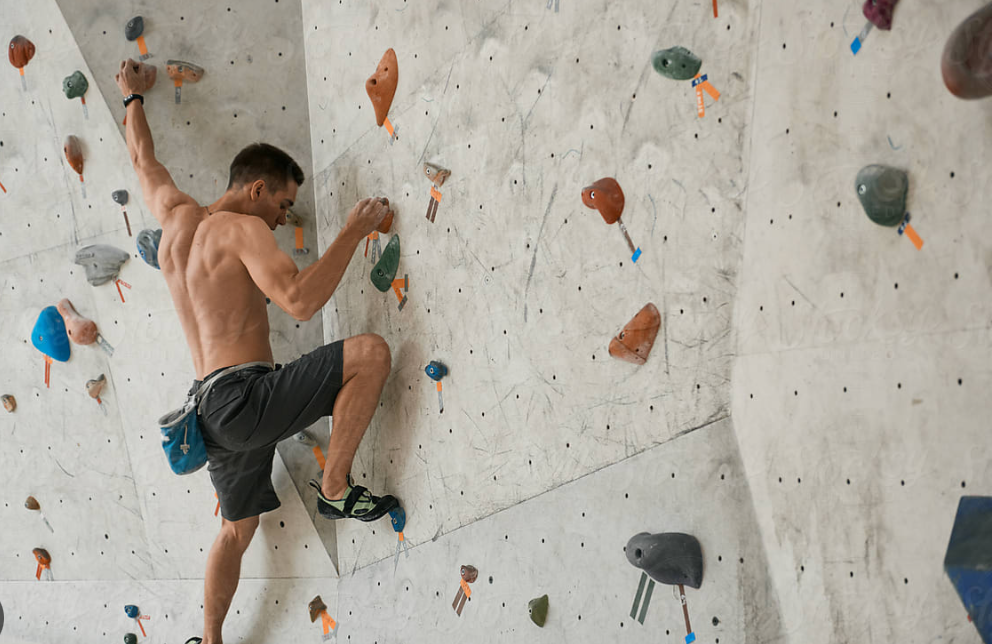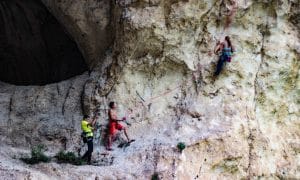Massachusetts paved the way for the East Coast’s recreational market when it became the first state in the region to open the doors for adult-use shops.
Now, it’s your turn to provide high-quality service and products to customers in need.
Opening a Cannabis Dispensary in Massachusetts
If you’re planning on opening a dispensary in Massachusetts, it’s important to understand the laws and regulations of your state, county, and city to remain compliant. Get to know both the medical and recreational retail side of the law.
Next, you’ll need to develop a business and operations plan for your retail establishment. With a solid business plan in hand, you can obtain financing from investors to meet the high startup costs of opening a dispensary.
After determining the corporate structure of your business and your business partners, you’re ready to apply for the right type of dispensary license and registration.
Complete the application for the proper license on the Cannabis Control Commission’s (CCC) website and pay the associated license and background check fees. You’ll need to set up and account first.
Now, it’s time for the fun part. Choose your facility location while remaining compliant with state and local laws. Hire a staff of budtenders, security personnel, managers, and supporting staff.
Build relationships with cultivators and manufacturers to find the best products available for your customers.
Of course, the process is more complex than the considerations listed above, but it’s a general overview of what you can expect when opening a dispensary in The Bay State.
Cannabis Dispensary Restrictions
Cannabis dispensary restrictions vary by state and local law. In Massachusetts, no person can obtain more than three marijuana treatment center or marijuana retailer licenses.
There is no residency requirement, but only a domestic entity registered to do business in the state can apply to become a registered marijuana dispensary.
Completing the Application to Open a Dispensary in Massachusetts
Prospective dispensary applicants can head on over to the CCC’s website to apply for a dispensary license. If no licenses are available, sign up for the email notice list to be the first one to receive announcements from the CCC.
To begin, create an account to enter the Massachusetts Cannabis Industry Portal (MASSCIP). Once you’re in, you will scroll down until you find the option to “Apply for a Marijuana Establishment License.” Click on “View More.”
Scroll down on the page until you find the option to “Apply for a Marijuana Retailer License.” Click “Start Application.”
All cannabis businesses must complete all three sections of the application:
- Application of Intent
- Background Check
- Management and Operations Profile
MTCs, in particular, must include the following plans, policies, and procedures in the Management and Operations Profile section:
- Plan to provide reduced cost or free marijuana to patients with documented verified financial hardship;
- A plan to comply with delivery regulations, if applicable;
- Operational plan for the cultivation of marijuana in compliance with 935 CMR 501.120, including pesticide use; and
- A list of all products that applicant plans to produce with the following information:
- Description of types, forms, shapes, colors, and flavors of products;
- Methods of production;
- Safety plan for the manufacture and production of products in compliance with 935 CMR 501.130; and
- Sample of any unique identifying mark that will appear on the product
Marijuana retailers (adult-use) shall include a detailed description of the applicant’s proposed plan for obtaining marijuana from a licensed marijuana establishment in the Management and Operations Profile section.
Previously designated MTC priority applicants or Economic Empowerment applicants may have priority status in the application process, meaning the commission will review these applications before others.
The commission will send you a notice when your application is deemed complete. In the notice, you will find payment instructions for a background check, fingerprint instructions, and notifications that the application process will proceed. Provisional license applicants are required to pay fees within 90 days.
If you wish to apply by mail, send your completed application forms to:
Cannabis Control Commission
101 Federal Street, 13th Floor
Boston, MA 02110
Massachusetts Dispensary Fees
The following cannabis licenses must be renewed annually. Application fees, however, are paid once at the time of application.
To open a recreational dispensary in Massachusetts, here are the fees you must pay:
- Application Fee: $300
- Marijuana Retail Store License: $5,000
If you want to open a Registered Marijuana Dispensary (RMD), you’ll need to pay:
- Application Fee: $1,500
- Management and Operation Profile: $30,000
On top of the initial application fees, startup businesses in Massachusetts will need anywhere from $250,000 to $1 million including consulting fees, permits, and associated costs.
Massachusetts Cannabis College
CTU offers budding entrepreneurs with cutting-edge marijuana training. Our cannabis classes are available worldwide to anyone with internet access. Whether you live in Massachusetts, California, or any other legal state, you can learn how to open up a dispensary.
Our curriculum takes you through the basics of marijuana laws, marijuana cooking, marijuana extraction, and marijuana cultivation so you have a comprehensive overview of the industry as a whole. Knowledge is power.
Take your business prospects to the next level by completing your cannabis certification at CTU.
Fred Hernandez
Fred Hernandez is a highly accomplished and versatile writer, boasting an extensive background in the cannabis industry. With an in-depth understanding of various sectors including cultivators, processors, retailers, and brands, Fred’s expertise spans across the entire cannabis landscape. As a prominent contributor to CTU, he consistently delivers insightful articles exploring the latest developments, news, and regulations shaping the cannabis industry. Whether it’s delving into the intricacies of cannabis products, cannabis strain reviews, or providing comprehensive analyses of cannabis laws, or sharing expert insights on cannabis cultivation techniques, Fred’s wealth of knowledge positions him as an invaluable writer and educator for all cannabis-related subjects.

 Cannabis News2 years ago
Cannabis News2 years ago
 One-Hit Wonders2 years ago
One-Hit Wonders2 years ago
 Cannabis 1012 years ago
Cannabis 1012 years ago
 drug testing1 year ago
drug testing1 year ago
 Education2 years ago
Education2 years ago
 Cannabis2 years ago
Cannabis2 years ago
 Marijuana Business Daily2 years ago
Marijuana Business Daily2 years ago
 California2 years ago
California2 years ago






























